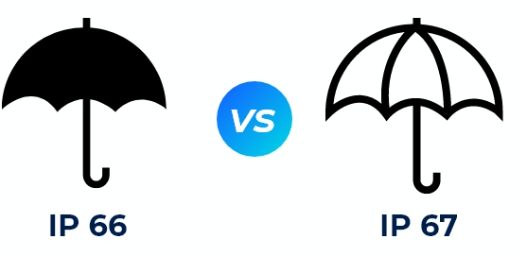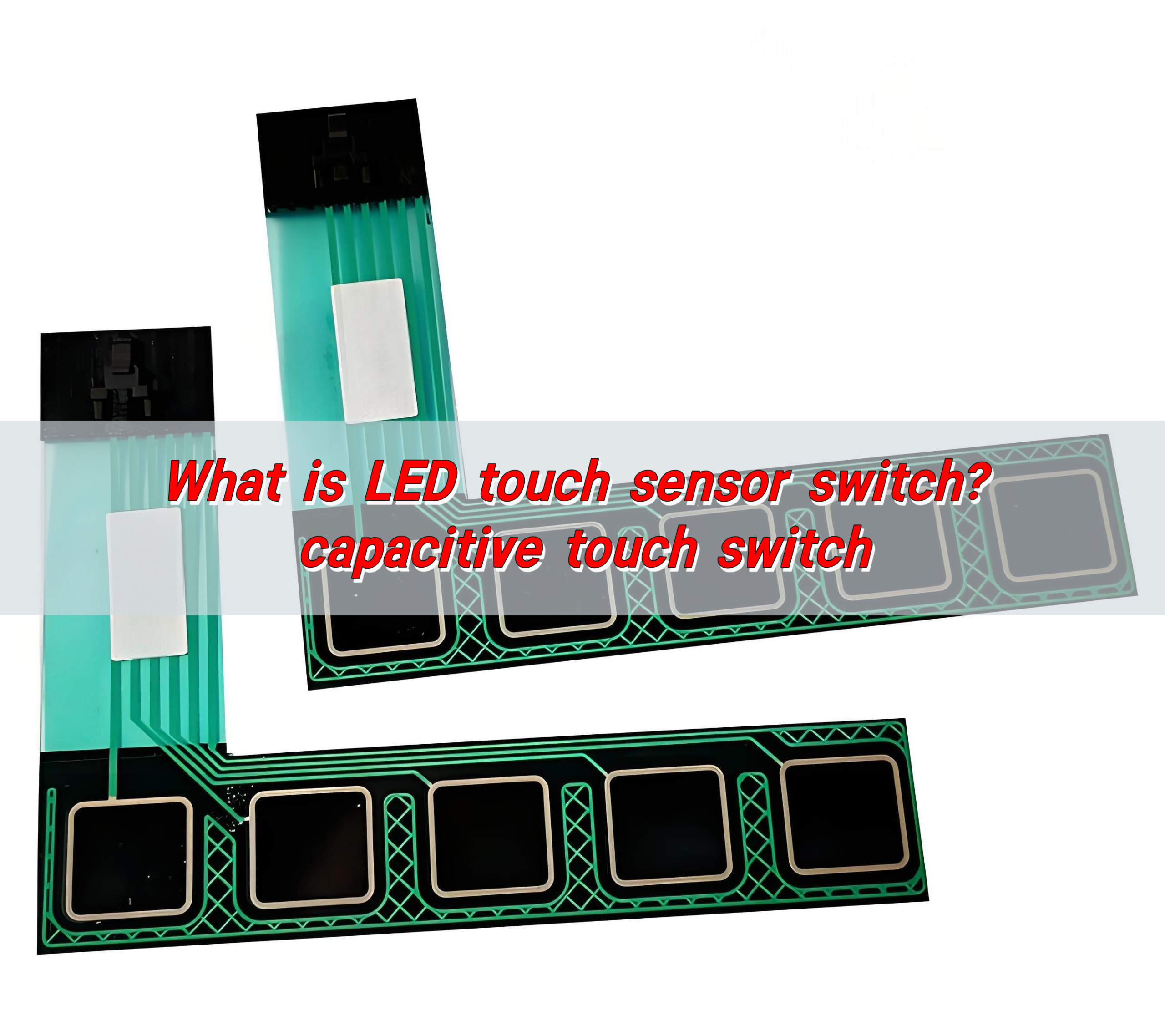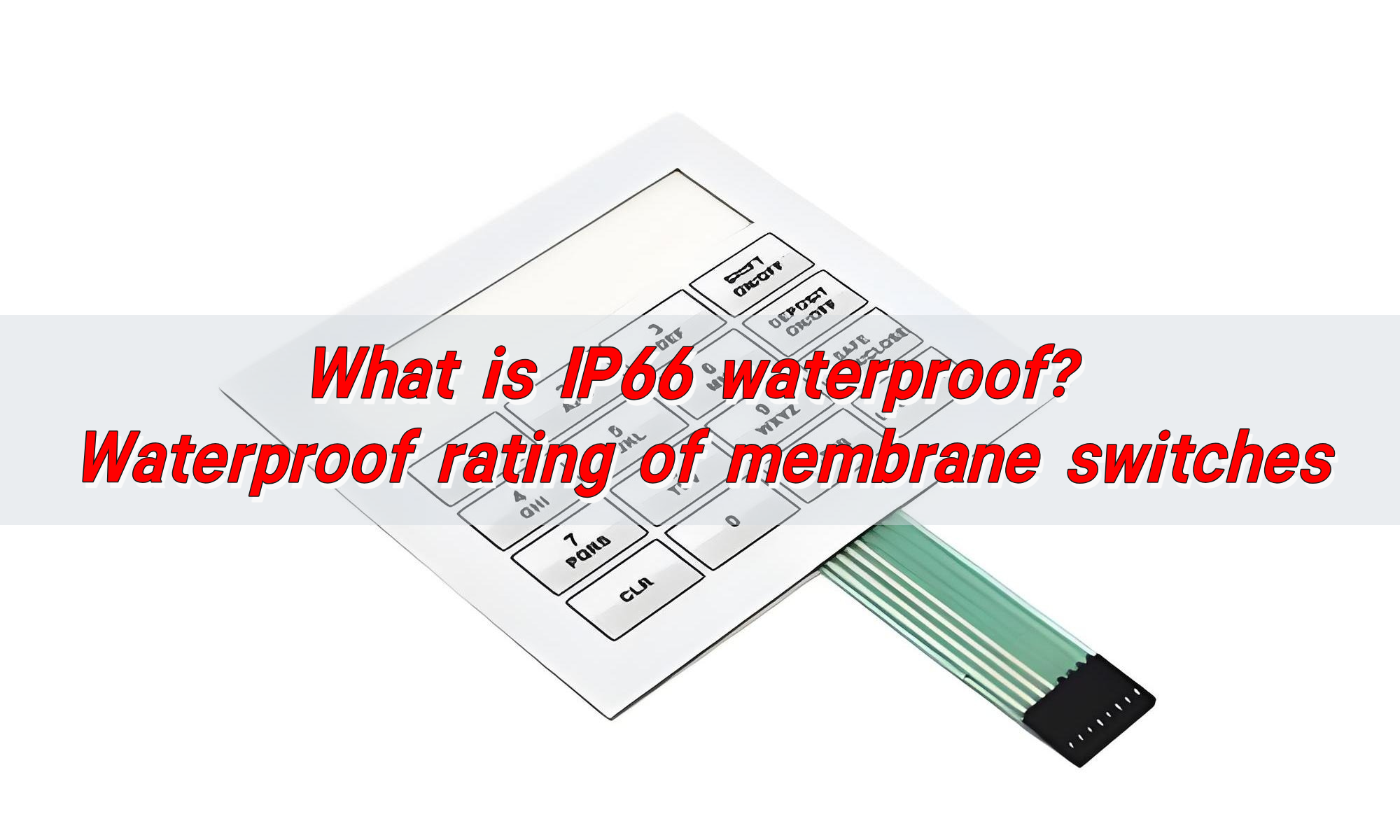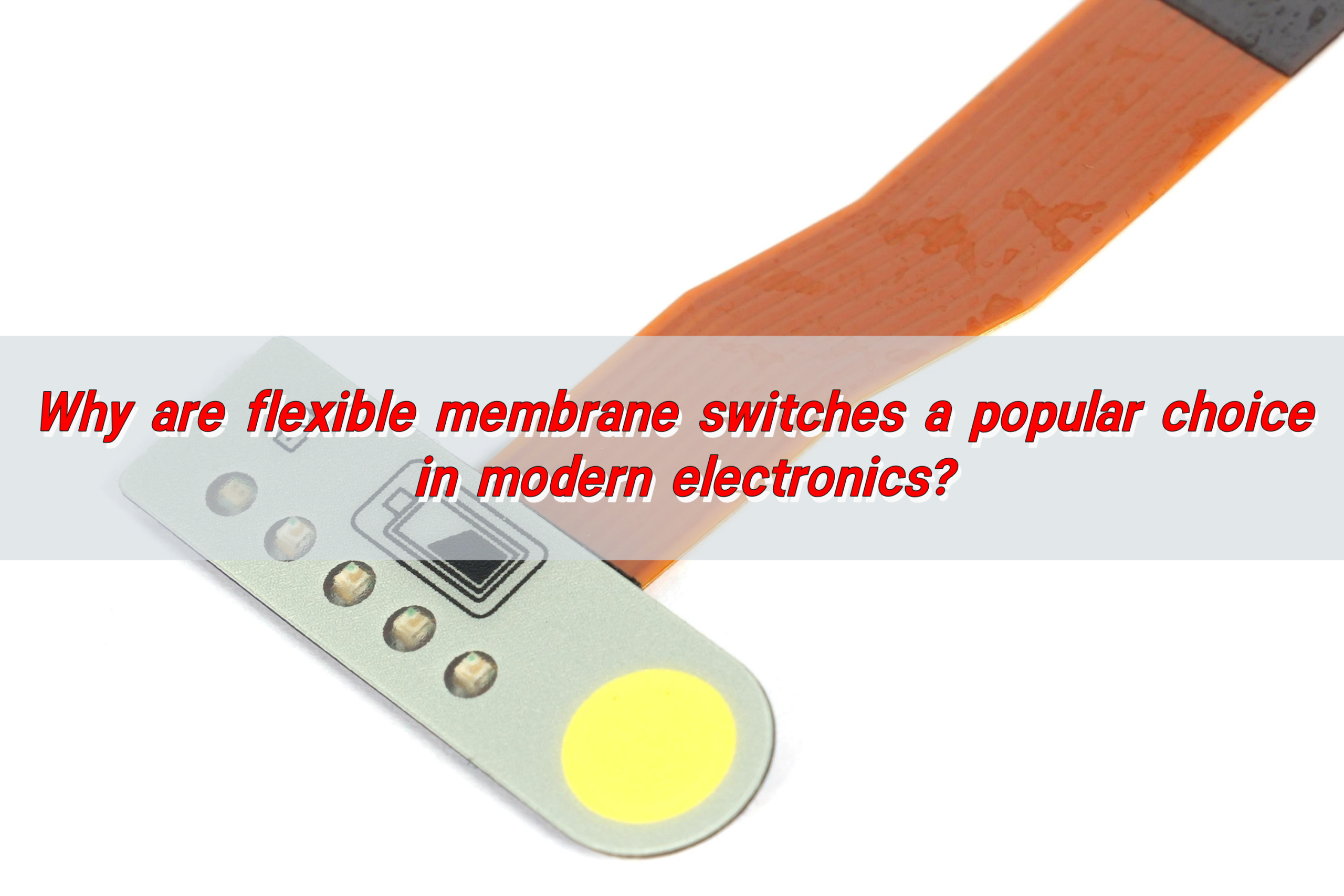
IP66 vs IP67: What Are the differences?
IP66 vs IP67: What Are the differences?
When selecting protective enclosures or devices for electronic equipment, understanding the specific level of protection they offer is crucial. The IP (Ingress Protection) ratings are a standardized system that helps manufacturers and consumers know how well a device resists dust and water intrusion. Among the most commonly compared ratings are IP66 and IP67. Both are highly protective but are designed for slightly different applications. Knowing the differences can help you make the right choice for your needs.
In this guide, we’ll cover the basics of what IP66 and IP67 mean, how they differ, and how to choose the most suitable option for your specific use case. Let’s get started.

What is IP66?
IP66 is a rating that indicates a device’s ability to resist both dust and water. The “6” in the first position signifies that the device is completely dust-tight. This means no dust particles, regardless of size, can enter the enclosure, ensuring optimal performance in dusty environments. The second “6” means the device can withstand powerful water jets from any direction without being damaged.
This level of protection makes IP66 an excellent choice for outdoor equipment exposed to challenging environmental conditions, such as heavy rain, strong winds, or flying debris. Devices with an IP66 rating are commonly used in industrial settings, outdoor lighting systems, security cameras, and communication devices.
What is IP67?
IP67 offers an equally high level of dust resistance as IP66, with the “6” in the first position also denoting complete dust-tightness. However, the difference lies in the second digit, “7,” which indicates that the device can survive temporary immersion in water. Specifically, an IP67-rated device can be submerged in water up to 1 meter deep for a duration of up to 30 minutes without sustaining damage.
This added capability makes IP67 particularly useful for devices that might encounter accidental submersion. For example, equipment used in marine environments, outdoor adventures, or areas prone to flooding often require this level of water resistance. IP67 is also popular in portable electronic devices like smartphones, tablets, and wearables, as these are more likely to be dropped into water.
IP66 vs IP67: What’s the Difference?
At first glance, IP66 and IP67 may seem similar because both provide complete dust protection and some level of water resistance. However, the key difference lies in their ability to handle water. Here’s a detailed comparison:
- Water Resistance:
IP66 protects against powerful water jets, but it is not designed to withstand immersion in water. In contrast, IP67 can handle temporary immersion, making it suitable for scenarios where submersion might occur.
- Applications:
IP66 is ideal for devices exposed to rain, strong water jets, or dusty conditions. Examples include outdoor lighting, surveillance systems, and industrial enclosures.
IP67 is better for devices at risk of being submerged, such as underwater cameras, marine equipment, or outdoor gadgets in flood-prone areas.
- Cost:
IP67-rated devices may be slightly more expensive than IP66 counterparts due to their enhanced water resistance. However, the additional cost is often worth it for the added peace of mind.
IP66 vs IP67 Temperature Range
Temperature range is another critical factor to consider when evaluating IP ratings. Both IP66 and IP67-rated devices are designed to operate under various temperature conditions, but the exact range depends on the materials and design of the enclosure. Typically, devices with either rating can handle temperatures from -20°C to +60°C, though some may offer extended ranges.
For outdoor applications, this range ensures reliability in cold winters and hot summers. However, extreme environments, such as deserts or polar regions, may require custom solutions or enclosures specifically designed for those conditions.
When selecting a device, always check the manufacturer’s specifications to confirm its temperature limits. Doing so ensures that your equipment will perform consistently without risk of failure due to environmental factors.
Is IP66 Suitable for Outdoor Use?
Absolutely. IP66 is designed to handle tough outdoor conditions. Its dust-tight design ensures that no particles can enter, making it perfect for areas with high levels of dust or sand. Additionally, its resistance to powerful water jets makes it ideal for heavy rainfall or washing scenarios.
Common outdoor applications for IP66 include:
- Outdoor Lighting: Streetlights, floodlights, and garden lighting systems often use IP66 enclosures to protect against rain and dust.
- Security Cameras: Outdoor surveillance systems rely on IP66 protection to function reliably in unpredictable weather.
- Industrial Equipment: Factories and construction sites frequently use IP66-rated devices to ensure durability in dusty and wet conditions.
IP66 vs IP67: Which One to Choose for Membrane Switch?
When selecting a rating for membrane switches, the choice between IP66 and IP67 depends on the intended use and environmental conditions. Both ratings offer excellent protection, but the specific application determines which is more appropriate.
- IP66 for Membrane Switches:
If the switch will be exposed to dust, debris, or water jets but is unlikely to be submerged, IP66 is a practical and cost-effective choice. It provides ample protection against most outdoor and industrial conditions.
- IP67 for Membrane Switches:
For applications where submersion in water is a possibility, IP67 is the safer option. This is particularly relevant for switches used in marine equipment, medical devices, or outdoor environments prone to flooding.
In summary, IP66 is suitable for general-purpose outdoor or industrial use, while IP67 is better for scenarios involving potential water immersion.
FAQs
1. Can IP66 withstand heavy rain?
Yes, IP66 is specifically designed to handle heavy rain and powerful water jets, making it ideal for outdoor use in wet weather.
2. Is IP67 waterproof?
IP67 is not entirely waterproof but is water-resistant to the extent that it can handle submersion in water up to 1 meter for 30 minutes.
3. What happens if an IP66 device is submerged in water?
An IP66 device is not designed for submersion. If submerged, it may sustain damage, especially if water penetrates the enclosure.
4. Are IP66 and IP67 ratings universal?
While the ratings themselves are standardized, the actual performance can vary based on the manufacturer’s design and materials. Always verify the specifications for your specific device.
5. Can IP67 devices handle high-pressure water jets?
Yes, IP67 devices generally handle high-pressure water jets, but their primary strength lies in surviving temporary submersion.
When choosing between these ratings, consider the environmental conditions, potential exposure to water, and the specific needs of your application. Whether you are selecting enclosures for outdoor equipment, membrane switches, or portable devices, choosing the right IP rating ensures durability, reliability, and peace of mind.

What is LED touch sensor switch? capacitive touch switch
The LED touch sensor switch is an electronic component that combines an LED light and a touch sensor. It controls the on and off of the LED light by touching it, achieving energy-saving and convenient lighting control. It uses capacitive sensing technology to detect human proximity or touch, thereby controlling the on and off of ...

What is IP66 Waterproof? Waterproof Rating of Membrane Switches
The IP66 waterproof rating means that the device is completely protected from dust ingress and can withstand strong water jets. The waterproof rating of membrane switches can usually reach IP67, which is achieved through special processes and materials to ensure its reliability in humid or rainy environments. This performance makes membrane switches suitable for scenes ...

Why are flexible membrane switches a popular choice in modern electronics?
Flexible membrane switches are popular in modern electronic products due to their flexibility, thinness and economy. They not only adapt to complex curved surfaces and achieve flexible design, but also have environmental adaptability such as waterproof and dustproof. In addition, they support multi-function integration, such as LED indicators and sound feedback, to enhance user experience. ...
Contact us online